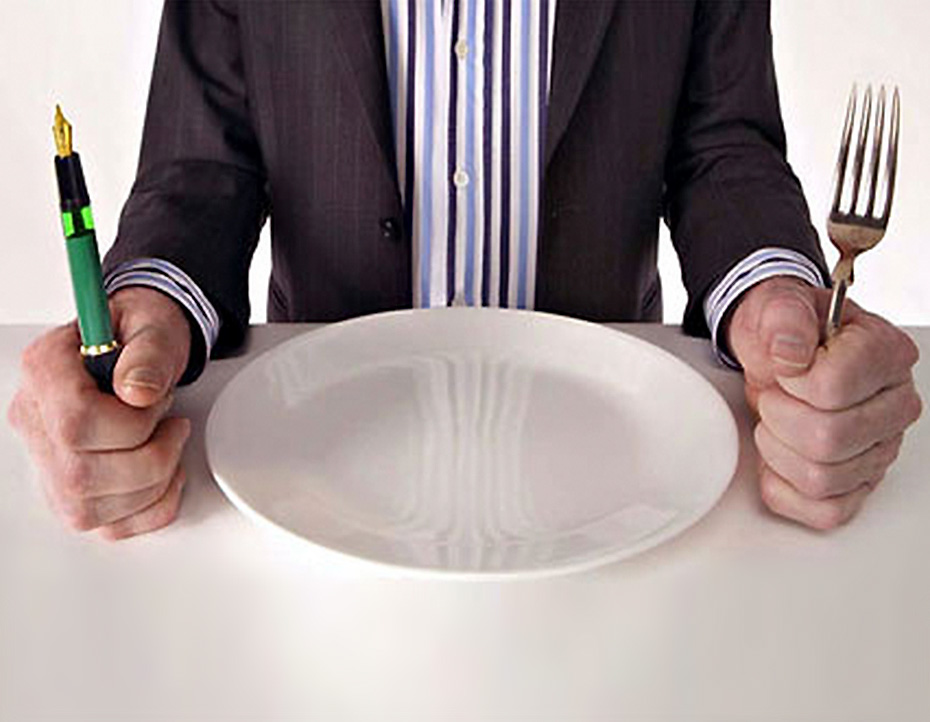Food critics, those anonymous judges with the capacity to build or demolish reputations, appeared for the first time at the beginning of the nineteenth century in France with writers such as Brillat Savarin and Grimond de la Reynière.
One century later, in 1900, Michelin Guides were first published in France. Their target was the small privileged audience that could afford to drive around the country in their new motor vehicles and experience local cuisine delicacies.
It was much later, during the sixties, that the concern for gastronomy and good food became increasingly popular. Food writers started to be a relevant figure in some countries and Michelin Guide became the classification standard for restaurants, to the extent that Paul Bocuse, one of the nouvelle cuisine pioneers, stated that “it is the only guide that counts”.
Nowadays, the gastronomic revolution encouraged by globalization and the new technologies has lead to hundreds of food publications throughout the world. The boundaries between food journalists, critics and amateurs are fading away.
Current status of gastronomic criticism in Spain:
Michelin Guide, the world gastronomic classification standard
Nobody knows who the feared critics or inspectors for Michelin Guide are. They execute their jobs anonymously and are not allowed to talk to journalists. However, being awarded a Michelin star is crucial to any restaurant business. It implies being included in thousands of web sites throughout the world and it has a direct impact on the number of customers and business turnover.
REPSOL guide, formerly CAMPSA
Repsol Guide plays a similar role in Spain as Michelin Guide in France. It awards between one and three suns while a larger number of restaurants are simply classified as R (Recommended). The judges who work for Repsol Guide belong to the Real Academia de Gastronomía (Royal Academy of Gastronomy) and the Cofradía de la Buena Mesa (Brotherhood of the Good Table) and they are supported by regional academies and institutions.
Food journalists
Many food writers or critics carry out their jobs within gastronomic associations, specialized and general press. Some of the most relevant names in this industry are José Carlos Capel, Alberto Luchini (who also writes under the nickname of Alberto Solano), Carlos Maribona, Pepe Barrena, Luís Ruiz and Víctor de la Serna.
The gastrosphere
The new technologies have allowed a new kind of critics to be born: gastronomic bloggers. Although they are strongly rejected by professional critics, they enjoy a growing presence and are supported by a growing number of very loyal followers. Some of the most influential bloggers in Spain are Directo al Paladar, El Comidista o Gastronomía&Cia.
The new critics: the customers
Despite the lack of specialized knowledge, restaurant customers have nowadays turned into food critics thanks to web sites such as Tripadvisor, El Tenedor o 11870. These applications allow users to assess hostelry business and publish their personal comments. Even though professional critics and restaurant owners distrust the value of such recommendations, the truth is that users rely on them and therefore, they have an undeniable influence in the number of reservations.
What is your view on customers publishing their judgement on different web sites? Include a comment about your own experiences and do not hesitate to share this article with your social networks.
Imagen: New York Times



Follow us